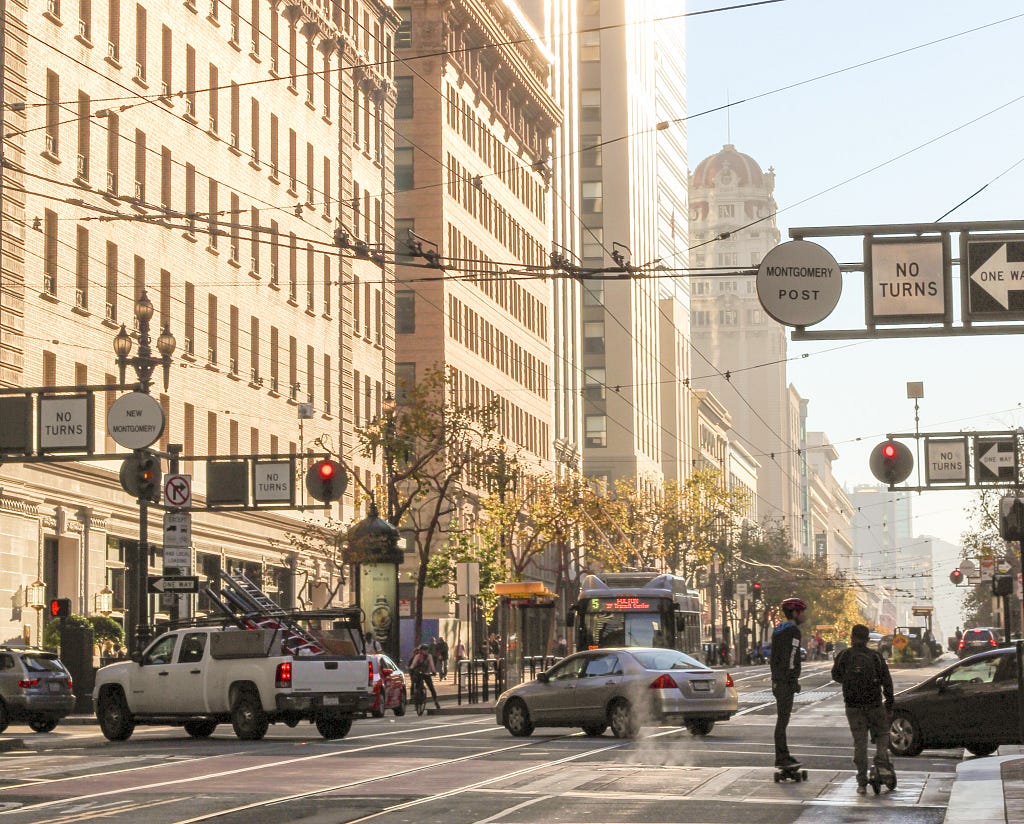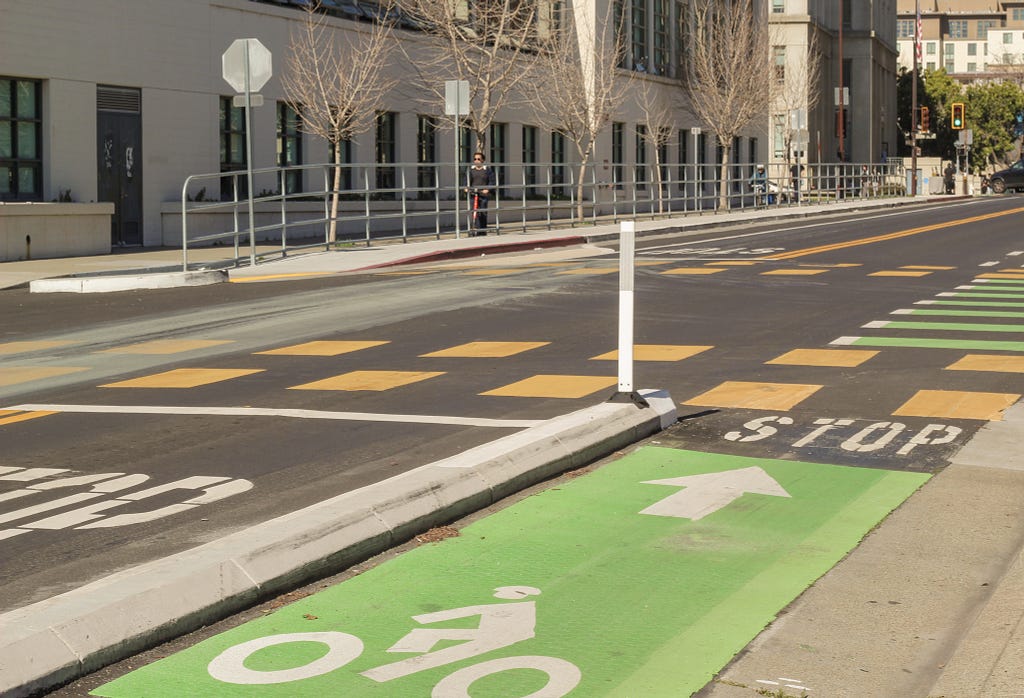By Martin Liu, MEng ’23 (CEE)
This life in tech interview is part of a series from E295: Communications for Engineering Leaders. In this course, Master of Engineering students were tasked with conducting an informational interview to learn more about working in tech. They then submitted a written account of the interview, edited and organized to create a clear, compelling narrative.
“As a biker, such lanes provide a safe and reliable path for mobility compared to non-protected bike lanes, like those along Hearst Avenue.”

Life in Tech: Bike lane engineering with Jamie Parks, director of SFMTA’s Livable Streets Division was originally published in Berkeley Master of Engineering on Medium, where people are continuing the conversation by highlighting and responding to this story.


